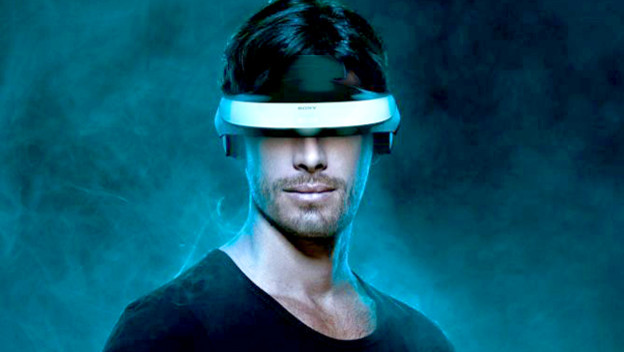The world exists within your mind, did you know that? You may reach out in front of you and, touching a wall or a table, you say, “But this is the real world.” But what you must understand is that what you consider to be the “real world” is only the perceptions of your nervous system (which includes your brain). If your nervous system were to shut down for an instant, the world and the universe would effectively disappear and become non-existent. You’d have no sense perception whatsoever: no feeling, no sound, no light, no smell… The sun exists, but it is your eyes that transform its radiations into light, and it is your skin which accepts its radiations as heat.
I know this may sound rather pedantic or even pointless, but what I’m trying to emphasize here is that our minds really create the realities in which we live, and when your mind says something is so, your body accepts and obeys. That’s why you can twist your ankle in a dream and wake up feeling tense, and if you look at a cut or a wound through the back-end of a magnifying glass where it appears much smaller, the pain diminishes significantly; it’s also why the placebo effect can be so powerful and affect real healing or otherwise perturb symptoms.
When we enter into the realm of virtual reality, we’re basically acting as willing participants in a placebo experiment designed by game developers instead of doctors and psychiatrists. Even though the surroundings that we see as we look about with a VR headset strapped to our faces might not be photo-realistic, they are still believable enough to trick our minds – especially when combined with audio stimuli.
Stanford University is doing some very interesting research through the “Virtual Human Interaction” program. The study is meant to observe how people interact in immersive, virtual realities. It’s a cutting-edge social experiment that remains ongoing, and will likely bear fruit for years to come as VR hardware and software becomes more sophisticated. Already, though, some of the findings have been really interesting, and it seems like even at these early stages virtual reality is having very profound influences on our minds.
For example, even though a person may know for a fact that they’re standing in a large, open room, if while immersed in a virtual room much smaller with walls much closer, the participant will not attempt to walk beyond the walls of their virtual surroundings. In other words, you know that in the “real world” you could walk for several dozens of feet before hitting a wall, but because of the stimuli being fed to your brain through the VR headset, you feel as though you can’t walk more than six or seven feet without running into anything. There are also demonstrations that place the participant on a narrow plank spanning a long, deep gap between the tops of two buildings. Here patients will often freeze up, call out in terror, brace themselves, or lose their balance – even though they “know” that minutes prior they were standing in an open conference room with a plain, flat floor.

What I found startling was the super hero simulation. Two participants would take part in two separate demos. Both demos conclude with you saving a child, but in one demo you fly over a city while sitting in a helicopter, and in the other demo you yourself fly over the city like a superhero. Research has consistently shown that the participants who simulated flying over the city like they had superpowers felt much more confident after the session was concluded, and much more willing to help out someone in distress in the real world than did their helicopter-taxied counterparts.
What freaked me out was a question posed to a Stanford rep about the results from Tested’s Norman Chan. This superhero simulation is affecting real-world behavior in participants in a positive way, but does this also mean that simulations where we play a villain could have similar, negative effects? The jury is out on that one, because Stanford is more interested in focusing on more positive, productive uses for VR. But you know, dear reader, and I know, that we will inevitably see a lot of games that are violent or erotic in nature for these platforms. I’d like to challenge you now, before we immerse ourselves and our minds in these types of simulated behaviors, to think about how we’ll communicate to developers with our purchasing decisions.
Knowing that time spent in virtual reality can have profound physical and mental effects, how violent is too violent? A virtual game of paintball with a haptic vest on sounds thrilling; a virtual game of Call of Duty sounds like a killing simulator. Do you think virtual violence will have measurably negative effects on us, or do you think we’ll get over it like we got over Mortal Kombat ‘s violence in the SNES days?
